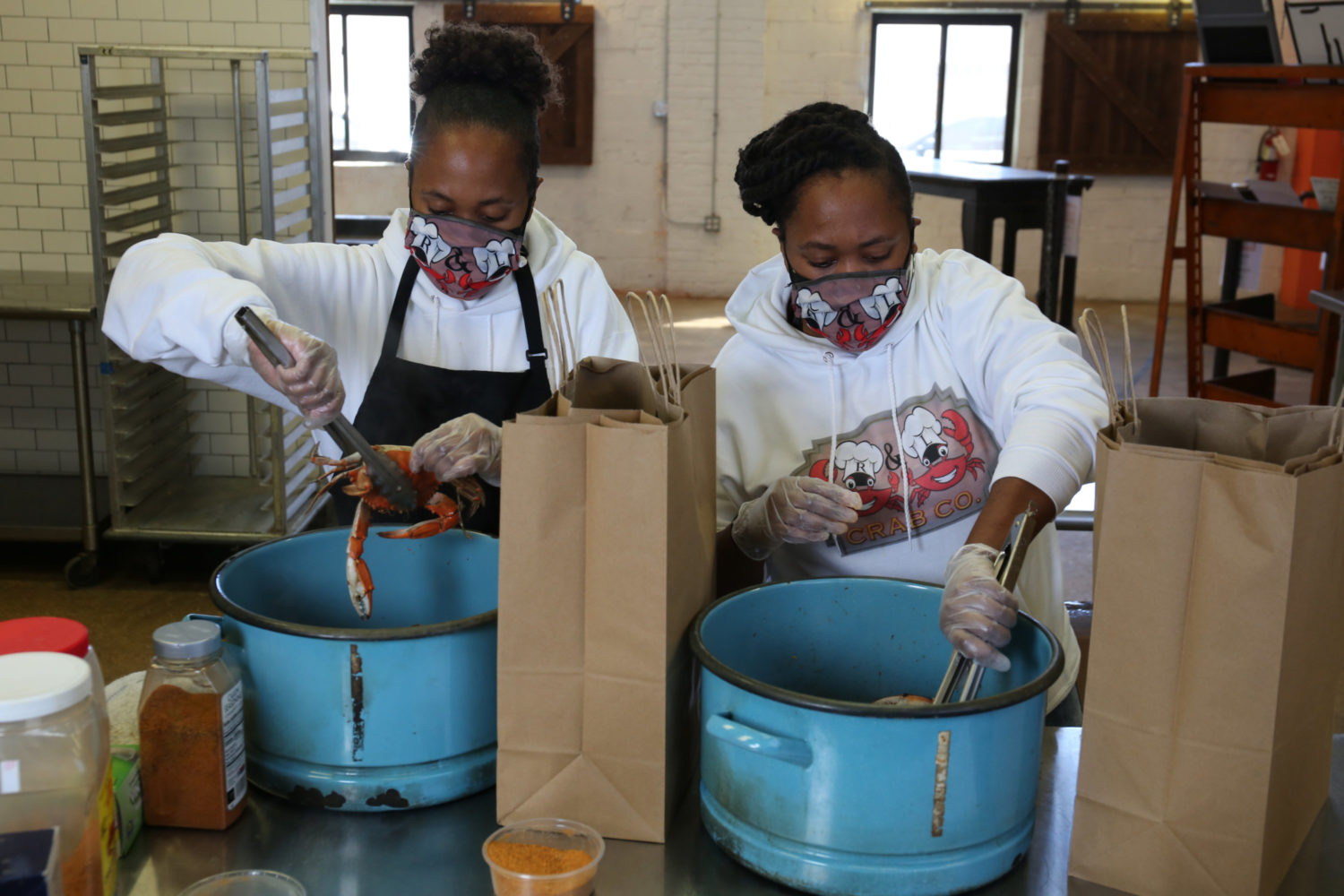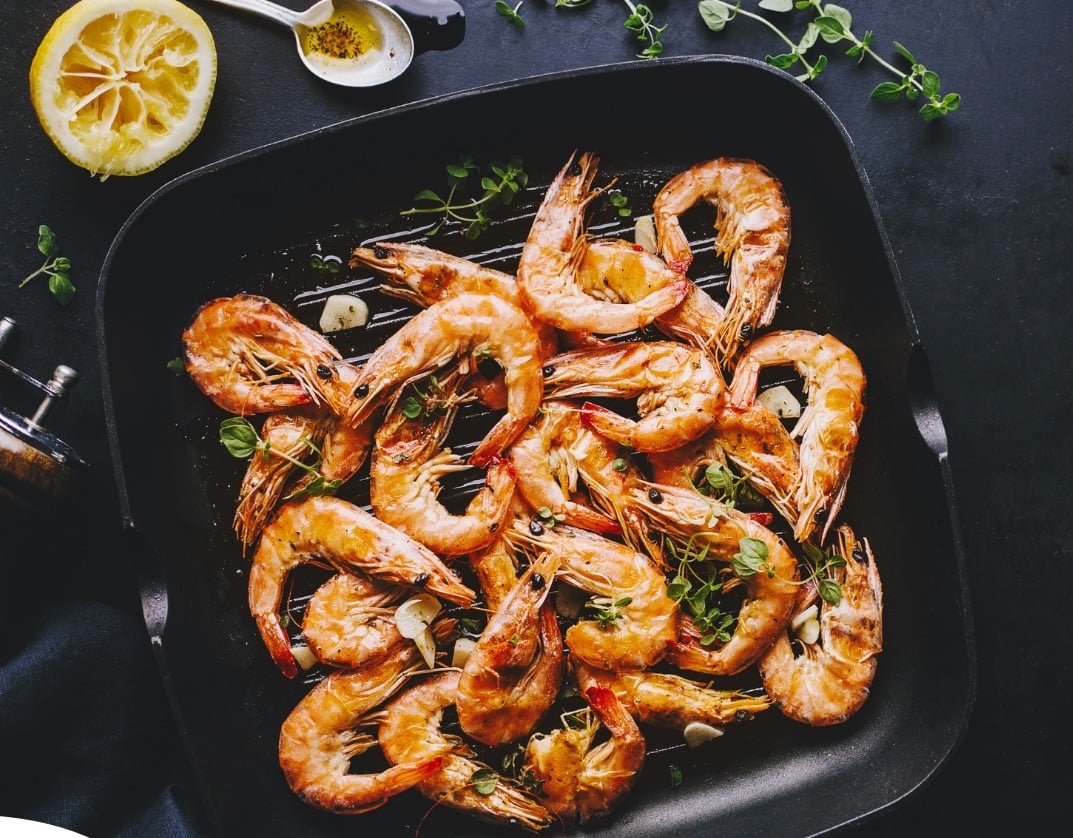Professional cooks are often described as performing a kind of kitchen dance. Even cynical Anthony Bourdain, in his book Kitchen Confidential, marveled that “line cooking done well is a beautiful thing to watch. It’s a high-speed collaboration resembling, at its best, ballet or modern dance. A properly organized, fully loaded line cook, one who works clean, and has ‘moves’—meaning economy of movement, nice technique, and, most important, speed—can perform his duties with Nijinsky-like grace.” In a tight kitchen full of chefs wielding sharp and hot objects, you’re naturally aware of your body and movements—or become so very quickly.
But what about the front of the house? Synchronized movement isn’t bred quite so naturally in the dining room, but it’s a signature at exquisite dining destinations such as CityZen and the Inn at Little Washington, where courses are ceremoniously set in front of the diner. Eight years ago at the Inn, chef Patrick O’Connell invited friend and choreographer Septime Webre, the artistic director of the Washington Ballet, to lead a dance and movement class for his staff, an exercise O’Connell says had a lasting impact on the fluidity of their movements. (Since then, Thomas Keller arranged a similar class at Per Se with a New York City Ballet alum.) “On a basic level, they’re forgetting what their bodies are communicating,” says O’Connell of his front-of-the-house team. “You’re either adding or detracting every time you walk into a room. There’s no such thing as neutral. I want them to be conscious of their own importance. One person can destroy the experience, just like in a movie where an actor is miscast or in a ballet when someone is not in sync.”
Last Friday, Webre returned to the Inn to teach O’Connell’s current cast. Thirty-odd Inn at Little Washington staffers—mostly young men and women from nearby towns in Virginia and Maryland—gathered in the ballroom, a private event space just off a picturesque stretch of lawn overlooking the Shenandoah that O’Connell has named the Field of Dreams. Much of the Inn, both natural landscapes and interior rooms, seems taken from a cinematic set (as are certain guests, such as Blake Lively and Ryan Reynolds, who had a honeymoon meal there recently). Webre is also quick to connect the theatric and culinary performance arts as he guides the staff through warmup stretches and the basic steps of ballet— plié (bending of the knees), arabesque (backwards motions of the body), and rond de jambe (circling the leg)—which, like, the cooking techniques used in O’Connell’s kitchen, derive from classic French forms.
“When we tell stories, we’re not telling the human story the way an actor might,” Webre explains to the room of waitstaff as they swing legs and arms in the air. “We’re actually telling an ideal version. What you’re all about is the idea of a life that’s as highly lived as possible. We can show that the world can be better than it currently is.” Dressed in his signature dalmatian-print chef pants and crisp white jacket for service, O’Connell comes over as the staff finishes their exercises and prepares to practice their newly learned moves in the dining room. “We’ve always called the guests ‘humans,’” say the chef. “In kitchens they’re always saying ‘It’s a deuce on table 46,’ but I always say ‘how many humans?’ I had one cook ask, ‘Chef, if they’re humans, what are we?’ I said, ‘We’re super-humans, you idiot.’ You have to make effort look easy, which is so much of what we’re about.”
The group reassembles in the ornate dining room. In many ways, they’re already well-versed. A light nod from a lead server signals the others when plates of food should be set before guests in tandem; a waiter’s hand on the table next to a near-empty wineglass is the wordless version of “May I take that for you?” How to gracefully and quietly go about “silvering”—taking and redistributing flatware with each course—is a planned and practiced exercise.
“One of the joys of coming here as a guest is the theatricality—the heightened sense of reality—that’s implicit in the DNA of this place,” says Webre as the group gathers around a prime four-human table in the corner. “This moment is ceremonial, and the more you can heighten the ceremonial aspects of it, the better.” Newly learned ballet lessons come into play: Instead of taking an additional step to silver, a server elongates himself in a plié, bending at the knee. Waitstaff smoothly turn away from the table, a kind of rond de jambe. With such careful choreography, servers here walks a fine line between stuffiness and formality, all while still making guests feel comfortable without servers getting too friendly.
“It’s simple,” says O’Connell of his service formula. “It’s about being authentic and real and present. One of the great psychologists said the role of the therapist is to be there for what is. Of course, that’s the role of the waiter: to be adaptable, totally flexible, a witness to whatever is taking place. If all of your focus and emphasis is on the guest and you forget about yourself, you become more natural and authentic.”
As the firsts guests of the evening are led into the lounge, the staff quietly disappears. A couple will be landing in a helicopter shortly, a man and his soon-to-be fiancée, to whom he’ll propose in a horse-drawn carriage on the Inn’s grounds before dinner. Let the show begin.
















